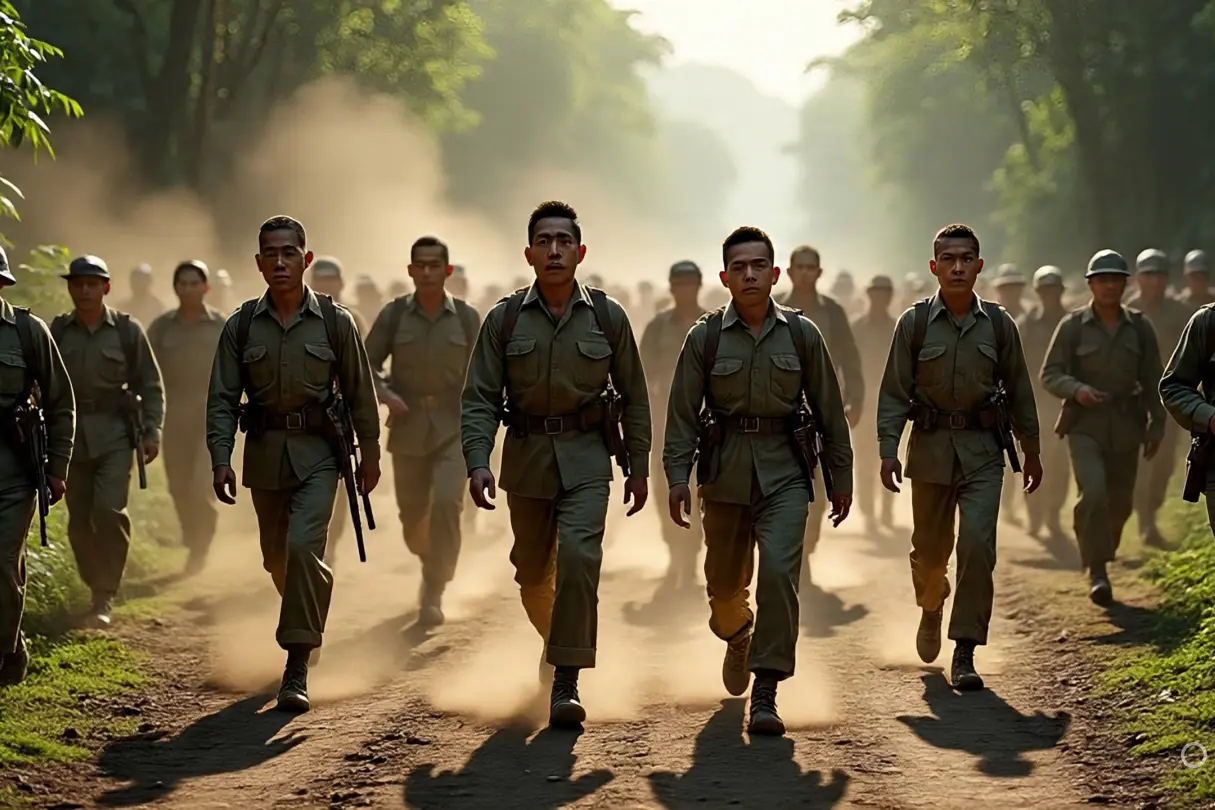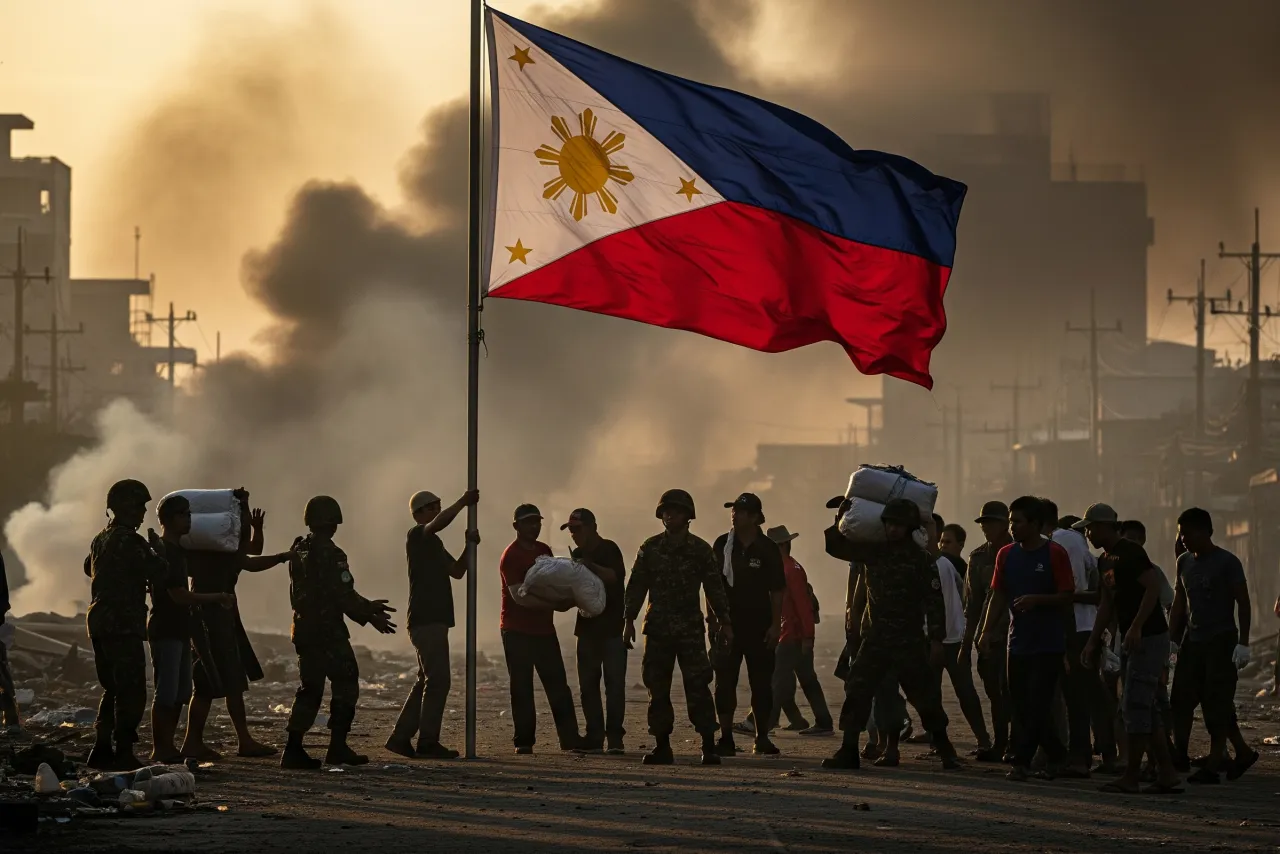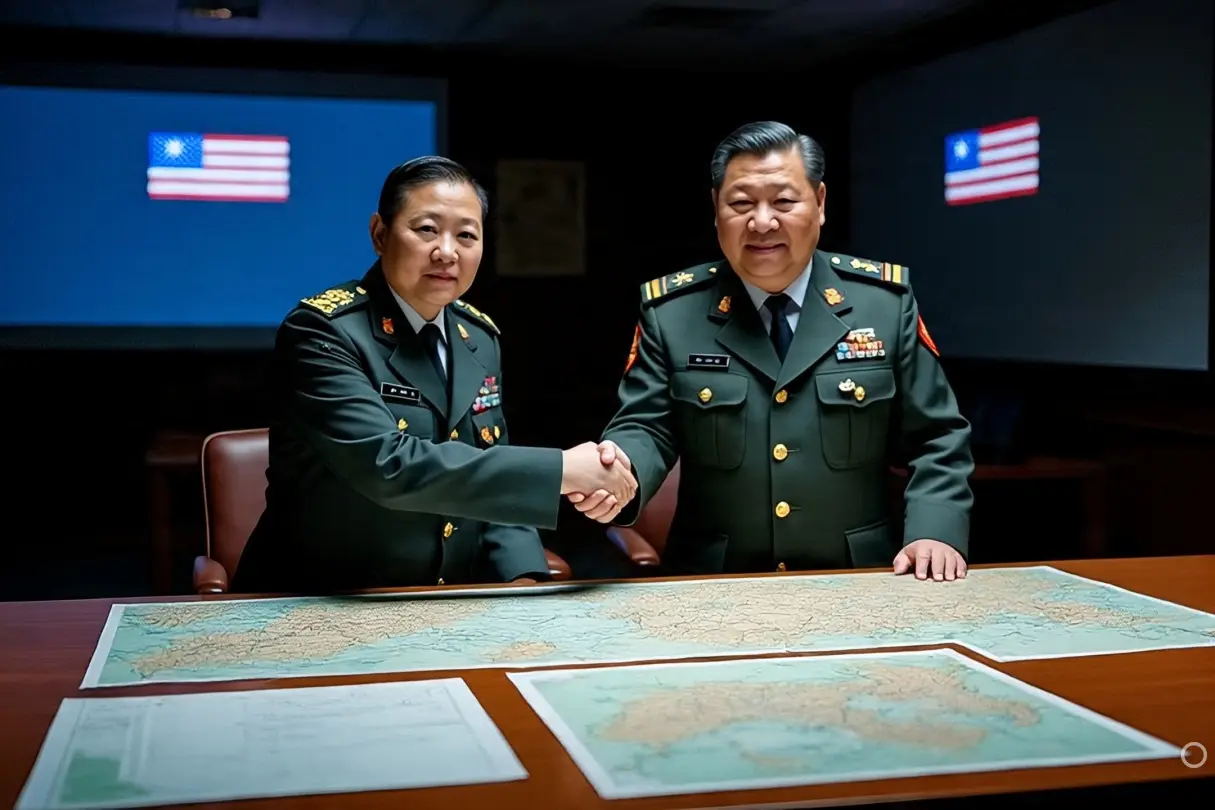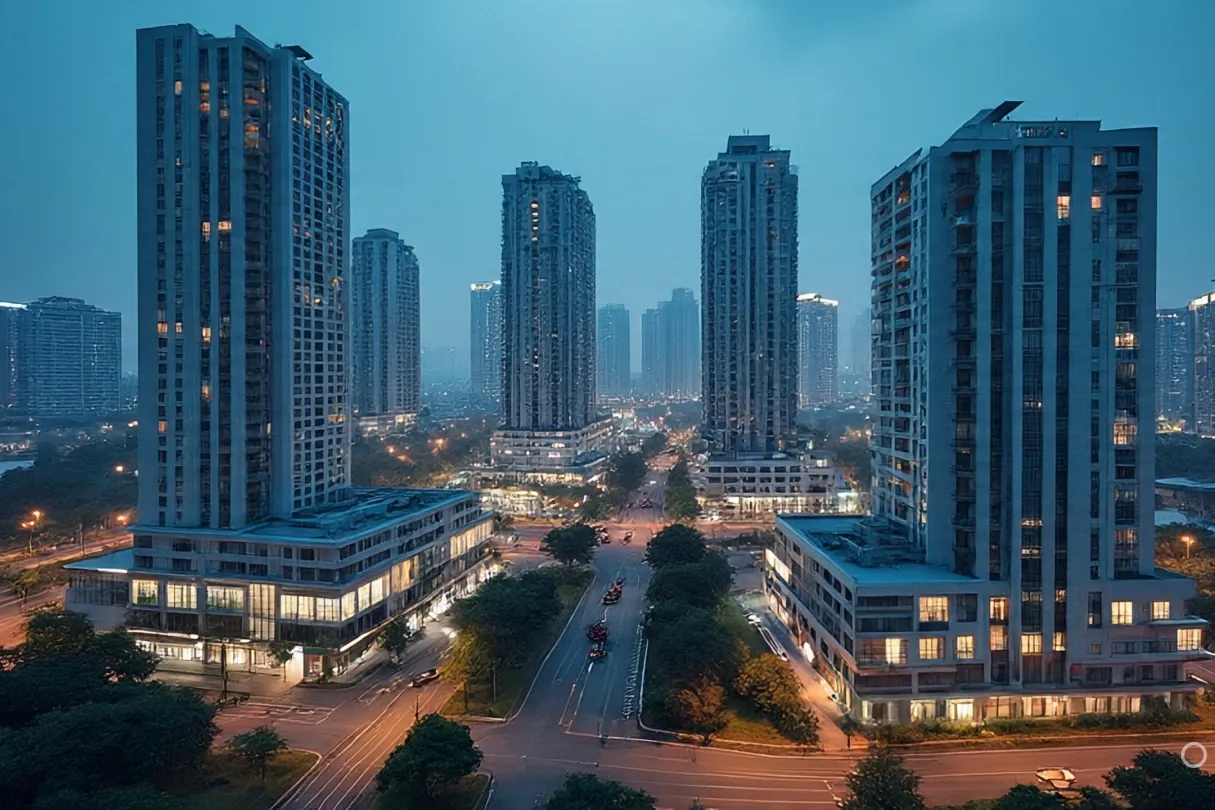April 1942: The March of Death Begins 🪖🥵
In the blistering heat of April 1942, following the surrender of joint U.S.-Filipino forces at the Bataan Peninsula, a nightmare unfolded. Over 76,000 prisoners of war—12,000 Americans and 64,000 Filipinos—were forced to march 66 miles on foot to Camp O’Donnell in one of the most brutal episodes of World War II.
The Japanese had expected to capture no more than 30,000 prisoners. Overwhelmed and unprepared, they responded with violence, starvation, and neglect.
Prelude: The Fall of Bataan 🏝️⚔️
The defense of the Philippines had collapsed after months of bitter fighting. U.S. General Douglas MacArthur, under orders from President Roosevelt, left the Philippines in March, promising: “I shall return.”
By April 9, 1942, the defenders of Bataan, low on food, ammunition, and medical supplies, could hold out no longer. What followed wasn’t just surrender—it was a death sentence for thousands.
66 Miles of Hell 🚶♂️🌞🩸
Prisoners were marched from Mariveles to San Fernando under brutal conditions:
- No food or water: Some went over a week without either.
- Tropical heat: Temperatures soared above 100°F (38°C).
- Physical abuse: Anyone who collapsed was executed on the spot.
- No sanitation: Prisoners defecated in place, causing infections and disease.
Those who tried to escape were shot or beheaded. Others were run over by trucks. Japanese guards referred to their POWs as subhuman and treated them accordingly.
Filipino Heroes in the Shadows 🌾💧
Despite the danger, local Filipinos risked their lives to sneak food and water to the prisoners. They tossed sugarcane and canteens into the ranks. These small acts of humanity saved countless lives.
The Boxcars of Death 🚂😷
At San Fernando, prisoners were packed into metal boxcars with no windows, food, or ventilation. Many passed out from heat and suffocation. Some died standing up, held in place by the bodies around them.
From the train stop in Capas, they marched the final 8–10 miles to Camp O’Donnell, where disease, starvation, and neglect continued to claim lives.
A Final Toll 📉⚰️
By the end:
- Over 650 Americans died during the march.
- Between 5,000 and 18,000 Filipinos perished.
The exact number may never be known. But survivors described it as one of the most dehumanizing events of their lives.
Justice… and Its Limits ⚖️🕊️
After the war:
- General Masaharu Homma, commander of the Japanese 14th Army, was tried and executed in 1946.
- Masanobu Tsuji, who ordered prisoner killings, evaded trial and later served in Japan’s post-war parliament.
Justice was partial. Many perpetrators were never held accountable.
Why We Must Remember 🧠📚
The Bataan Death March is more than a footnote—it’s a warning. A testament to how quickly war can erase humanity, and how easily stories like this are buried beneath larger narratives.
It’s also a reminder of Filipino-American solidarity under impossible circumstances—and of the brutality that can emerge when ideology trumps empathy.




